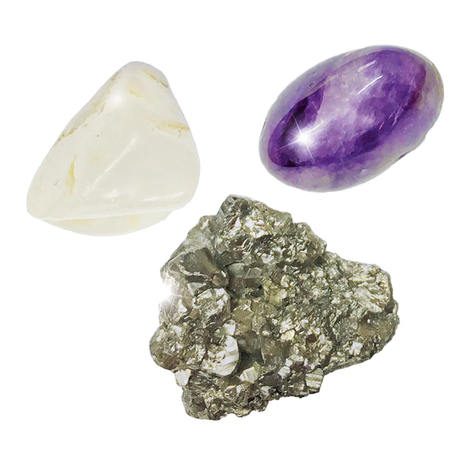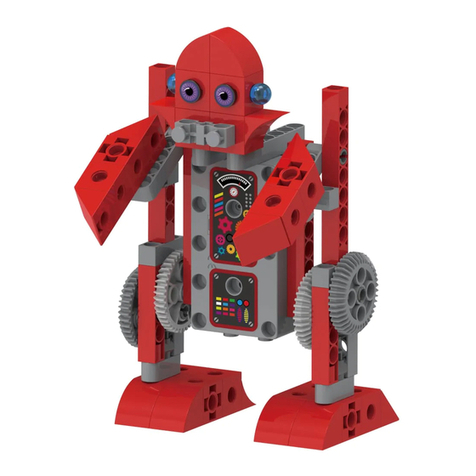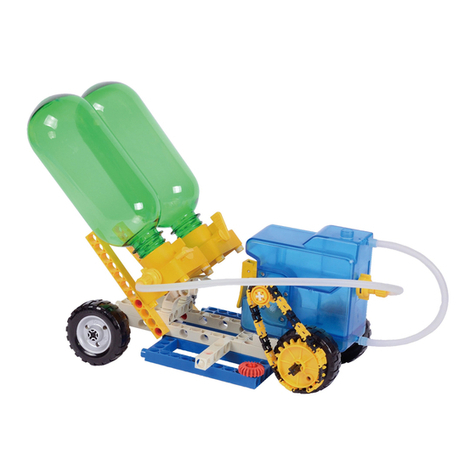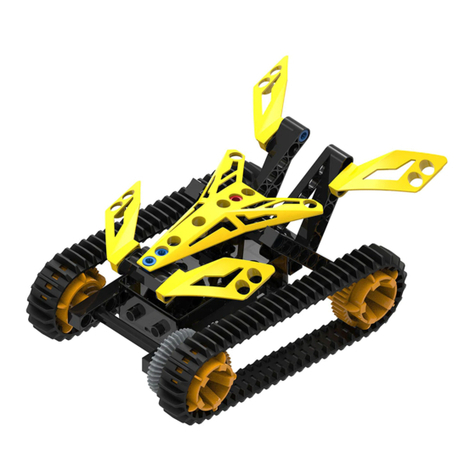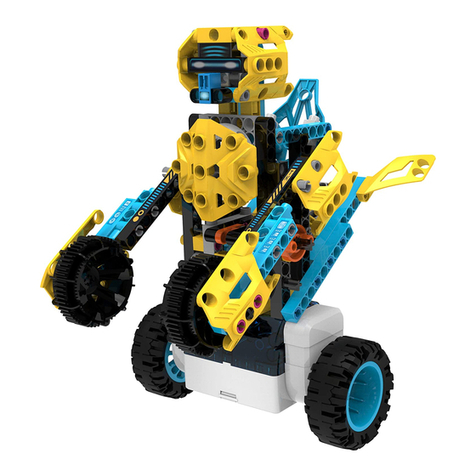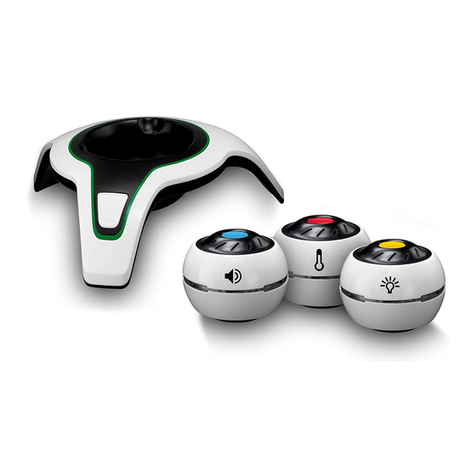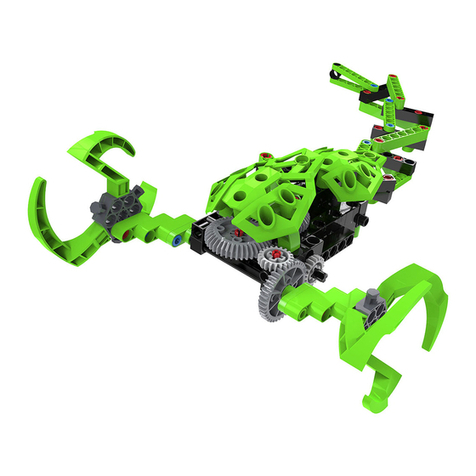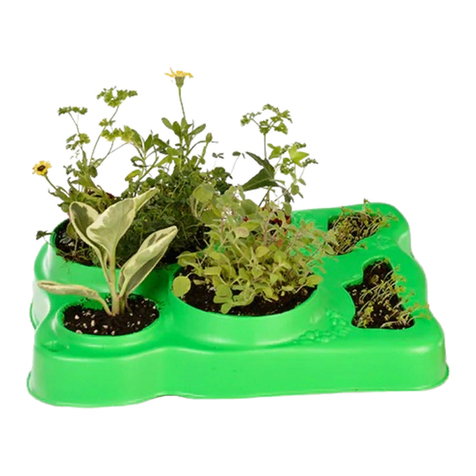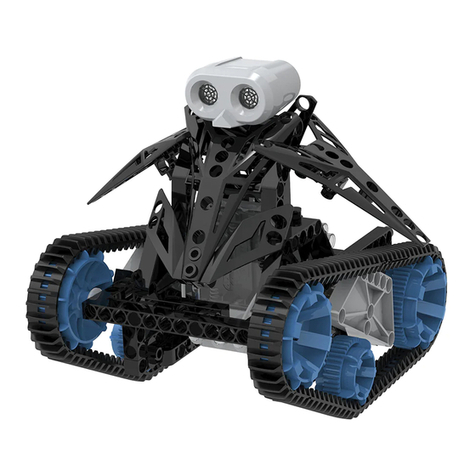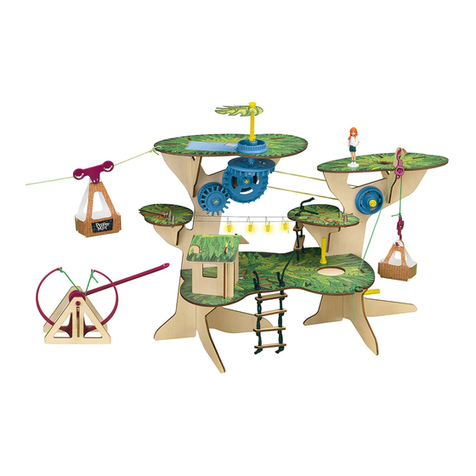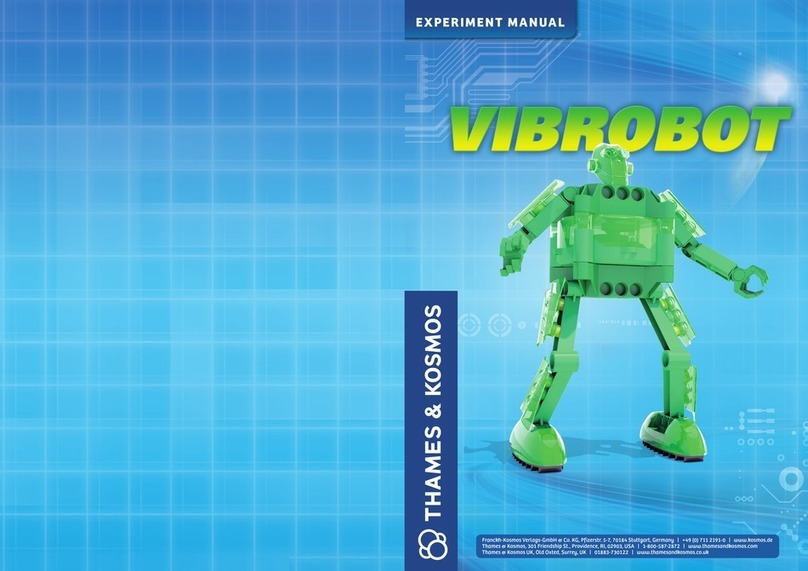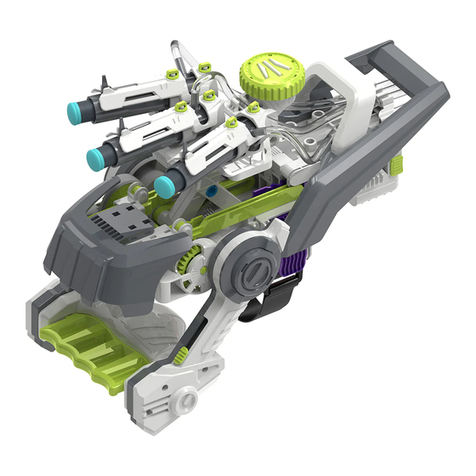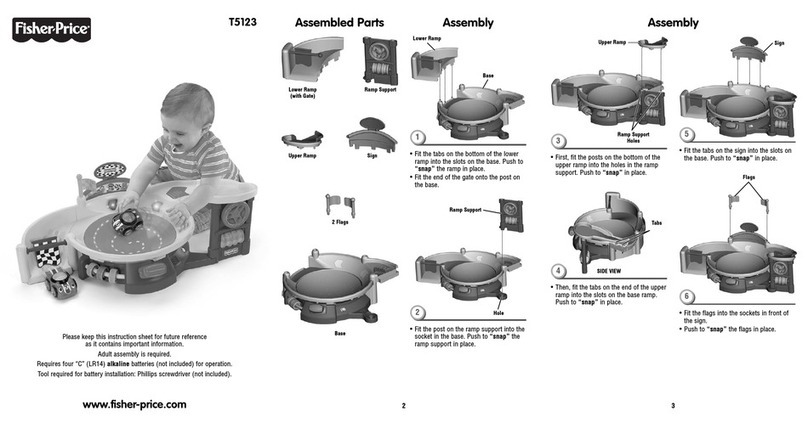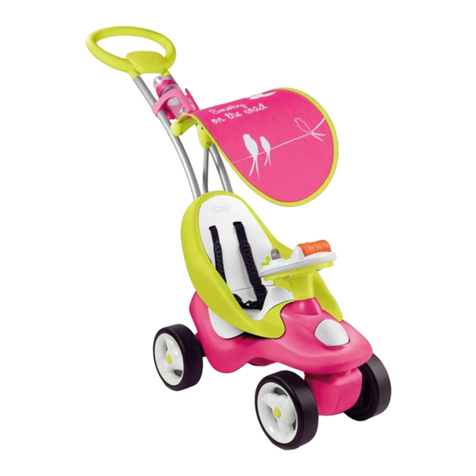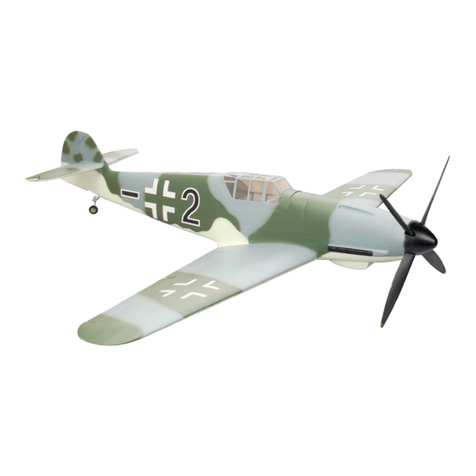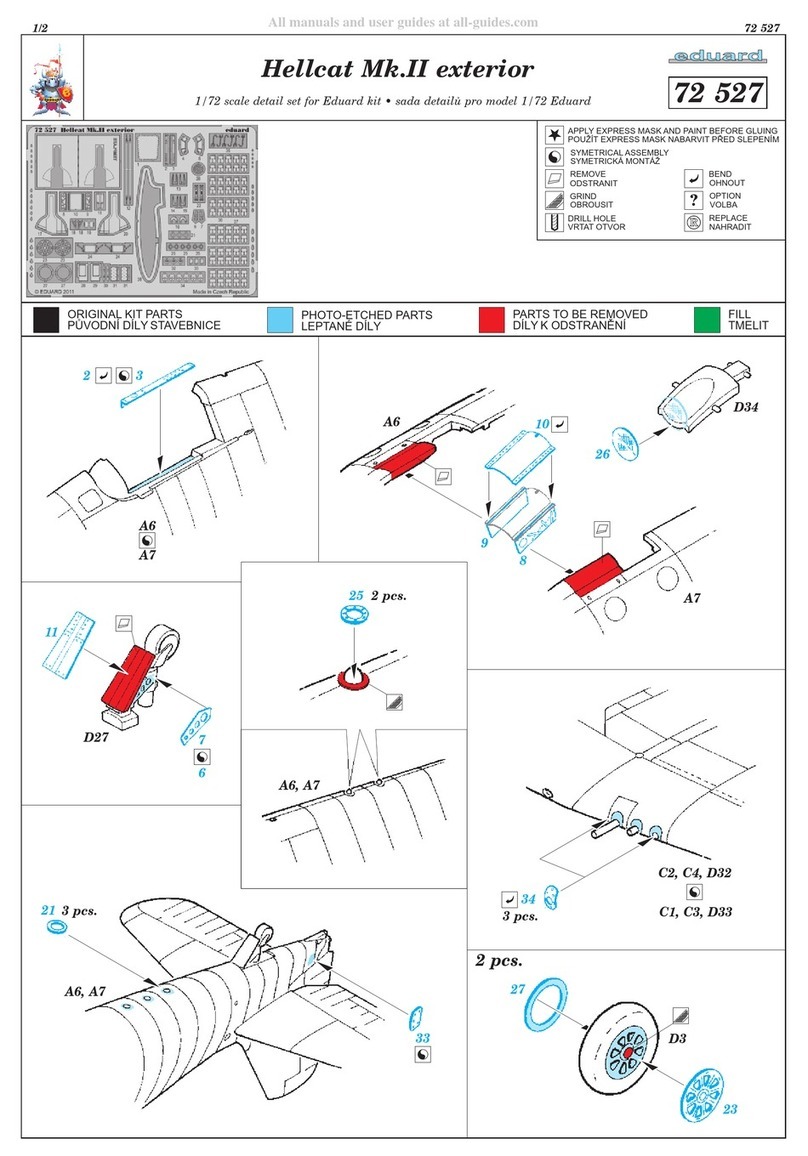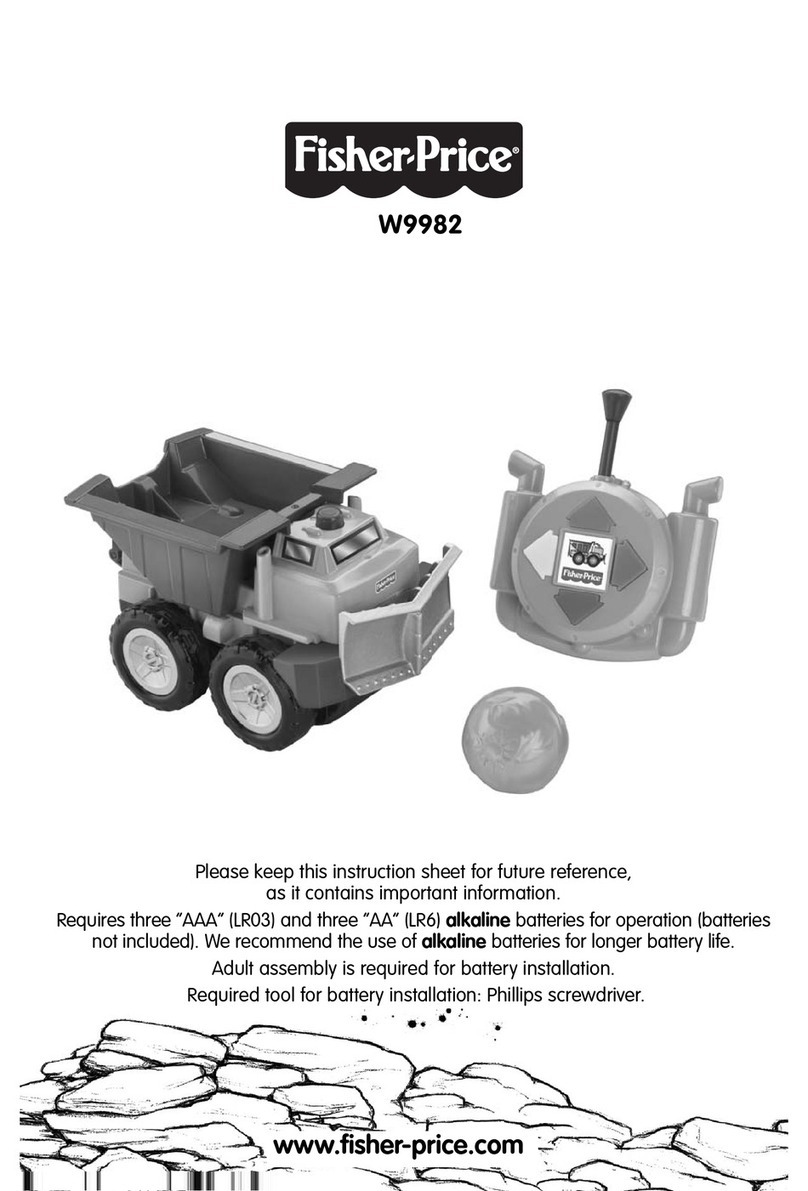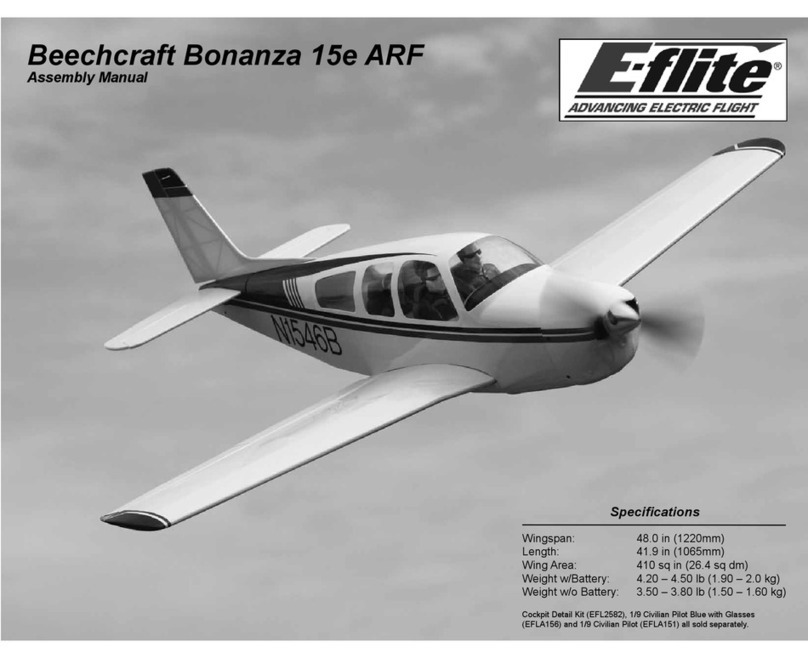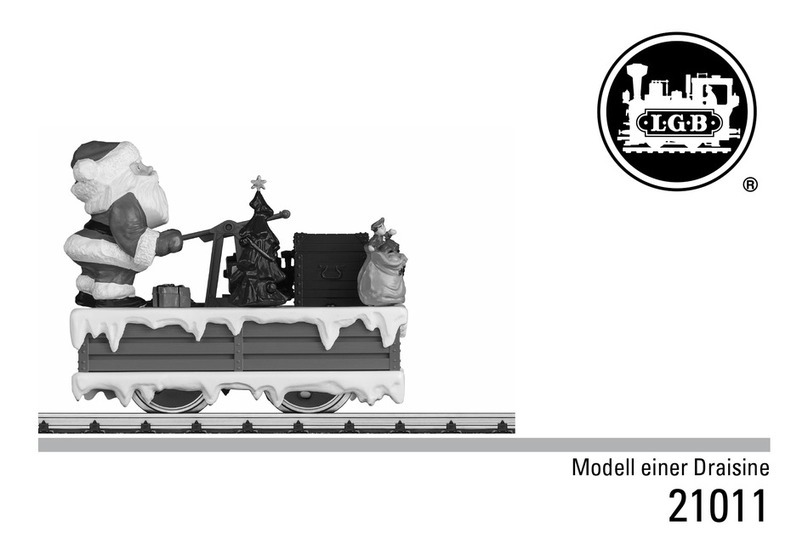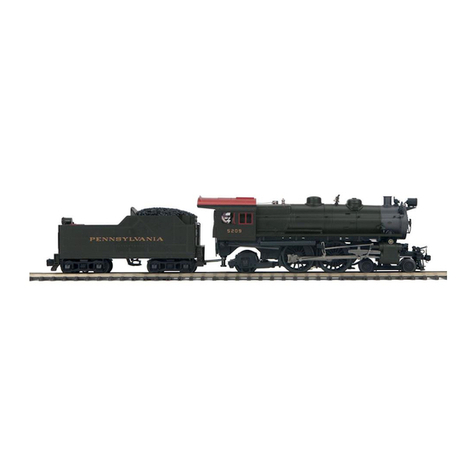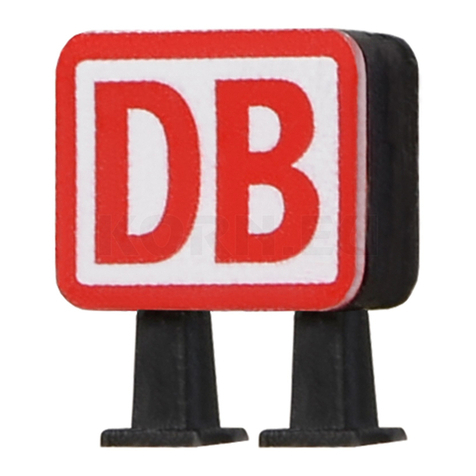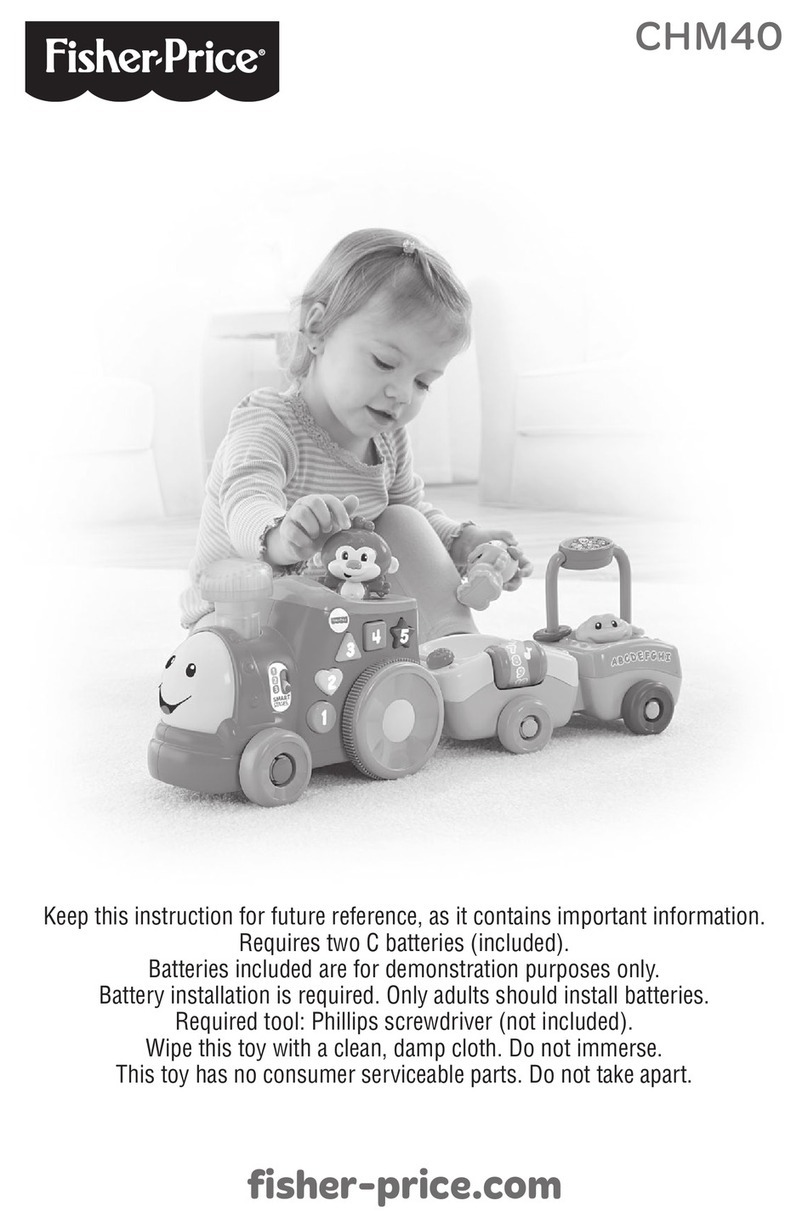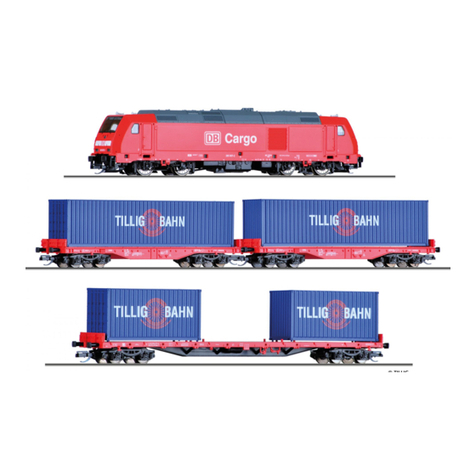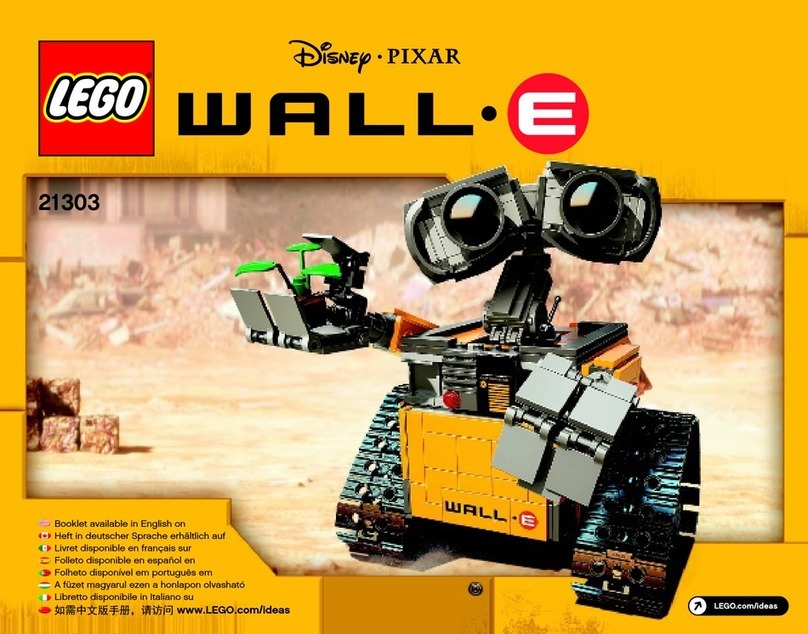
Tension Compression Shear Torsion Bending
CHECK IT OUT
Architectural engineers often use
five terms to describe how a load can
affect a structure: tension,
compression, shear, torsion, and
bending.
Tension is any force that pulls (or
stretches) an object apart.
Compression is any force that pushes in
on (or squeezes) an object.
Shear is a force that causes parallel
internal surfaces within an object to
slide past each other.
Torsion is a force that causes the
twisting of an object due to a moment.
Bending force is a force that causes an
object to bend.
FORCES AND LOADS
A force is an interaction between objects. You can think of a
force as a push or pull on an object that changes the motion
of that object. If the object resists that motion, the object
might deform — part of the object might move relative to
another part of the object rather than the entire object
moving. Architectural engineers must analyze the forces
acting on buildings to make sure the buildings will stay
standing. Forces acting on a building are called loads.
Pull on the flexible rod from both ends. It’s very strong in
tension, isn’t it?
Now push both ends together. It’s not very rigid in
compression. It buckles when you push the ends together. In
terms of shear, it’s prey resilient. And when you subject it
to torsion by twisting it, it twists.
Hold one end of the rod and push down on the middle. The
rod bends. One side of the rod is under tension and the other
side is under compression.
This is a special type of plastic that is designed to have just
the right amount of flexibility for building the models in this
kit. These flexible rods are used in the models to mimic steel
beams in real buildings. Like plastic, steel is incredibly
strong under tension but it isn’t so great under compression.
It will bend under too much force, but it’s very hard to pull
it apart from end to end.
Why aren’t more buildings built with plastic rods? Steel and
other metals are much more resistant to heat and less likely
to degrade under normal conditions. Steel is stronger,
harder, and more durable than plastic.
Plastic and Steel
Architectural Engineering
Loads Acting on a Building
Architects must design buildings to withstand many
different types of loads that could pull them down or
push them over. Loads can be divided into two
categories: Dead loads and live loads.
Dead loads include the weight of the building itself
and all the permanent things installed in the building.
Gravity pulls these loads downward.
Live loads include the weight of the people, furniture,
and other objects inside the building. The snow load and
rain load — the weight of the snow or water on the roof
— are also live loads.
Some live loads act laterally on the building, instead
of pulling downward. The wind load is caused by the
wind pushing on the side of the building. The
groundwater and earth around the building’s foundation
push laterally on it. And even the load from occasional
earthquakes must be considered when designing a
strong, stable building.
Gravity LoadsGravity Loads
Snow Load
Lateral Loads
Wind Load
Water and
Earth Pressure
Earthquake
Load
Dead Load
Occupancy Load























